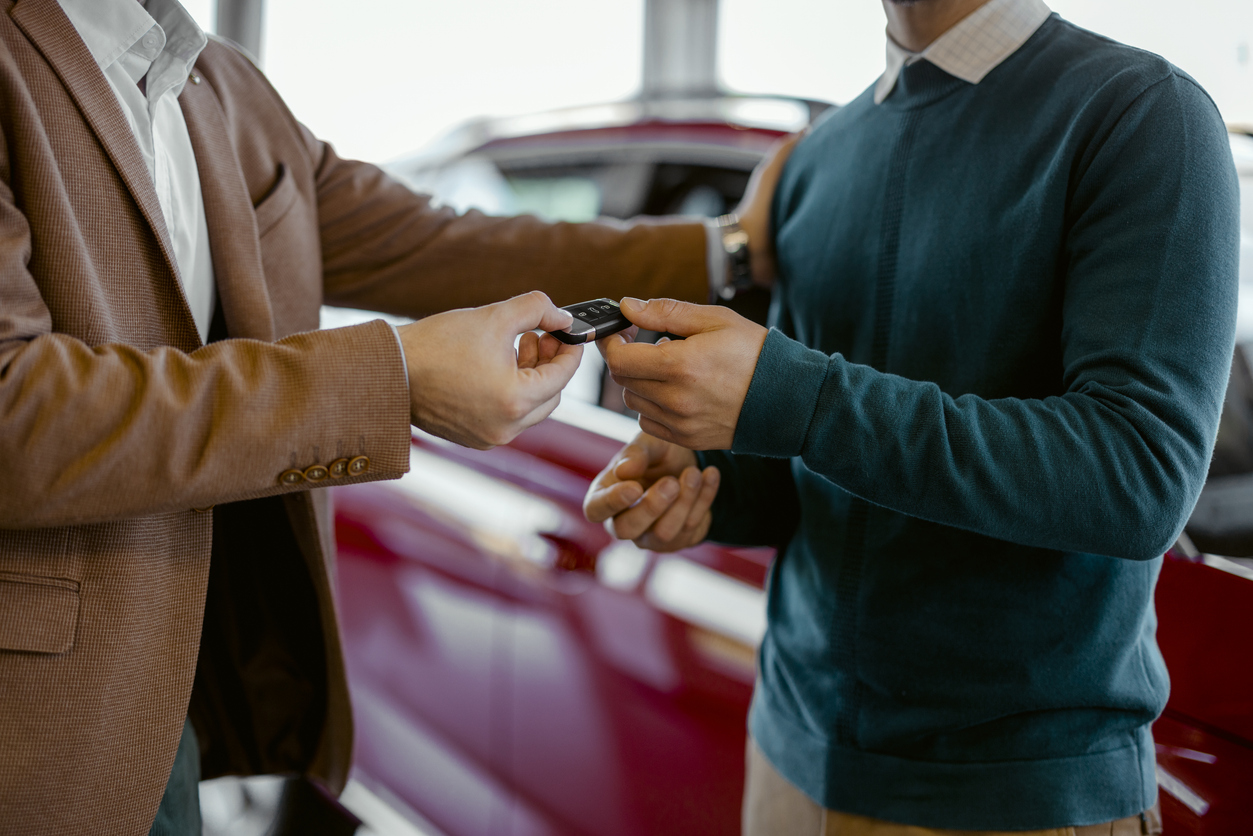Vehicles are evolving to meet consistently increasing consumer demands for convenience, interactivity, and connectivity. In 2015, 15% of new vehicles were considered connected and by 2020 research expects that 75% of new vehicles and 22% of all cars on the road will be equipped with connectivity tec. PWC estimates in that same time frame the connected car industry will grow from $34 billion to $123 billion. With connected cars becoming the overall norm in the next 5 years, many dealerships need to look at their sales and service center strategies to ensure they’re meeting the demands of connected car drivers.
The Connected Car Shopper
When tailoring their dealership marketing and sales strategies to the modern consumer, dealerships should stop and consider the reasons that a consumer would be interested in purchasing a connected vehicle. A Business Insider study on “The Connected Car Market” found that the biggest draws to consumers are entertainment and safety features. The ability to stream music ranked most important (69%) while surfing the internet came in at 57% and the ability to identify traffic and hazardous conditions was ranked by 52% of respondents.
Although smartphone integration is expected to become a standard feature in the next 3-5 years, consumers searching for connected vehicles today expect a seamless experience across all of their technological channels. Dealers should take care to optimize websites and emails for mobile and integrate their online and offline consumer data to provide exceptional customer experiences.
A consumer who doesn’t want to wait to send a text but would instead rather speak to their vehicle is a consumer that will be turned off by inaccurate data or outdated processes. Sites that aren’t optimized for mobile or salespeople who aren’t trained to use tech for more efficient processes can end up frustrating, and possibly even losing, modern consumers with heightened expectations for immediate gratification and expedited procedures.
Dealers must keep in mind that these are many of the same 72% of consumers who said they would prefer to do all paperwork concerned with purchasing a car online, and the 75% who have said they would consider completing the entire auto purchase process online.
75% of consumers would consider buying a car completely online.
The Owner
On the other side of dealership revenue, dealer service centers need to step up their game to meet the expectations of their service center customers who bring their connected vehicles in for maintenance. Under the same premise as the sales center, service centers should take steps to expedite procedures by allowing customers to schedule maintenance, make payments, and check on service status both on the web and on their smartphones.
Status updates via text message are a great way to reassure customers that their vehicle status is moving along. Service reps can have customers keep profiles of themselves and their vehicles online and then access those profiles to speed vehicle intake. And now with most smartphones being equipped with geo-location systems, service center mobile applications can request permission to be notified when the vehicle or smartphone user is within a certain range. For example, a customer could pull their vehicle up and by the time they park a representative is already waiting with their information queued up and ready.






